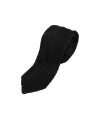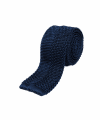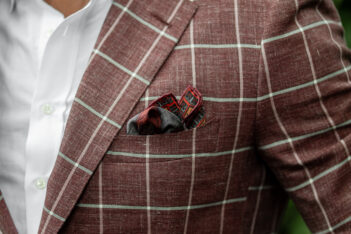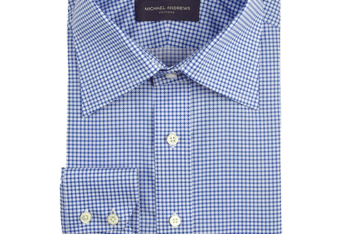BORN TO BATTLE THE ELEMENTS
Credit for creating the peacoat goes to the Dutch, whose naval sailors needed a durable, warm coat that could stand up to the cold, wind and rain of the open seas. The British navy then popularized the jacket, which became the uniform for petty officers. (Some debate exists about whether the name comes from a Dutch word for a coarse wool jacket, or whether it’s an abbreviation of the British “petty officer’s coat.”) Later, the American navy adopted the style as well, with the U.S. version known as the “reefer” coat because the sailors who wore it, reefers, were the sailors who climbed ships’ rigging.
The coats featured a slim silhouette to preserve body heat and keep out the wind, but they also flared at the hips to allow sailors to move about their vessels. They were double-breasted, had ulster collars that protected the wearers’ necks, and almost always had peak lapels and prominent, decorative buttons. Melton wool (a wool and acrylic blend), usually navy in color, stands as the “traditional” peacoat, but over time cashmere and wool blends, as well as herringbones, became common.






